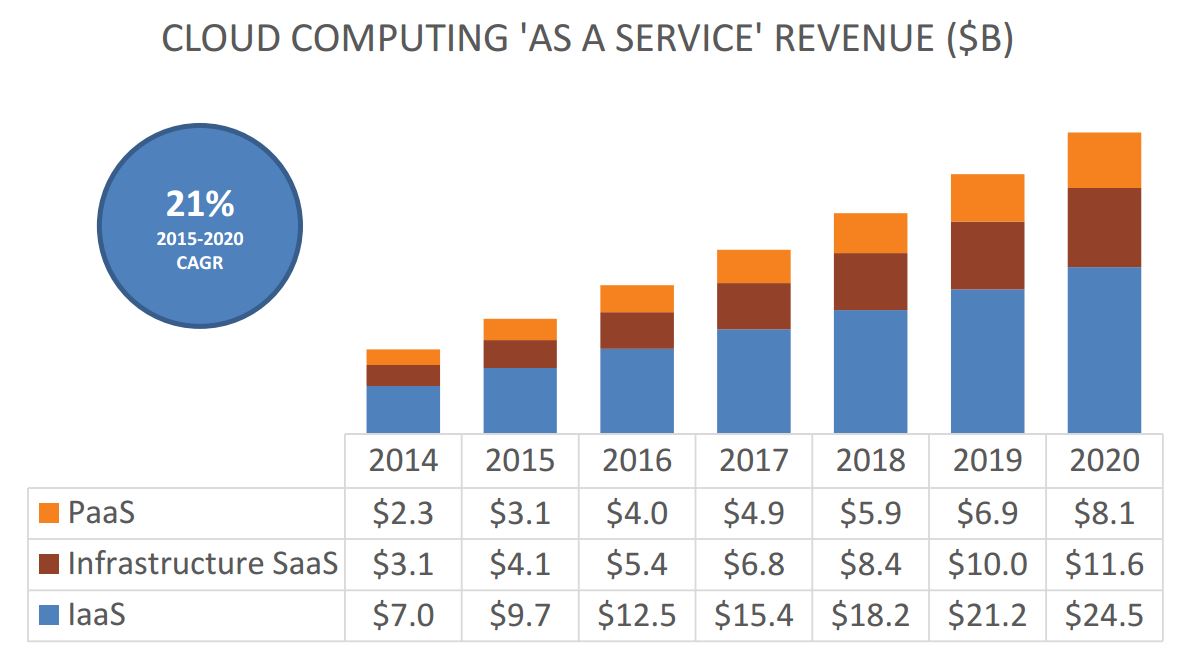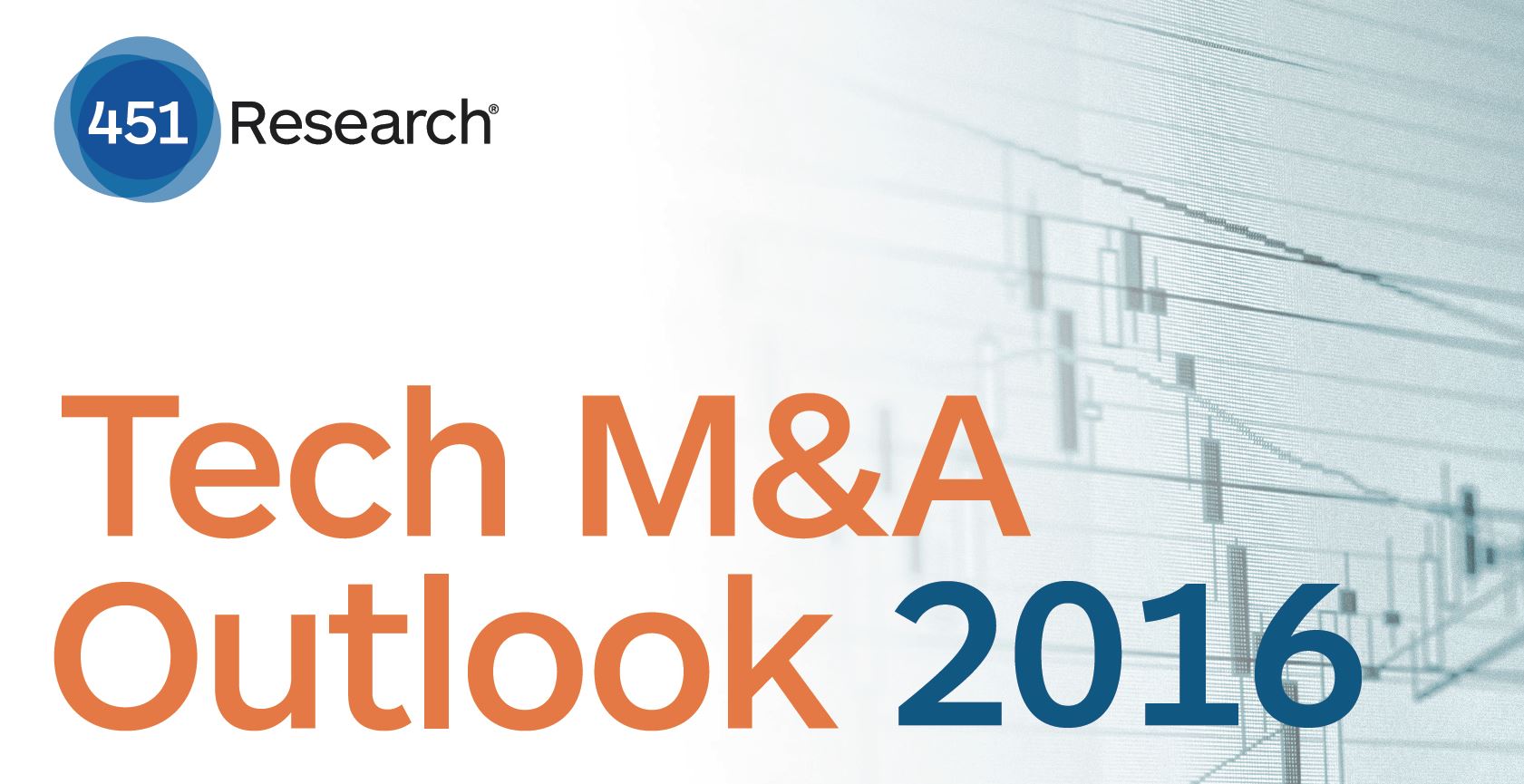Contact: Brenon Daly
The pinched debt market so far this year has buyout shops scaling back their purchases, but doing more of them. Already this year, private equity (PE) acquirers have announced 68 transactions, with several larger firms such as The Carlyle Group and Vista Equity Partners having already put up two or three prints. The pace of PE activity is almost 20% higher than the start of the two previous years, according to 451 Research’s M&A KnowledgeBase.
However, spending on those deals has dropped dramatically, with the value of PE transactions so far in 2016 just half the average of the two previous years. Buyout shops have announced deals valued at $5.3bn since January 1, down from $9.7bn in the same period last year and $11.6bn during the same period in 2014, according to the M&A KnowledgeBase. To get a sense of how far the size has fallen, consider this: the biggest transaction so far this year would rank as only the sixth-largest PE deal printed during the same period of 2014 and 2015.
Fittingly, the biggest PE purchase so far this year is a divestiture (Airbus’ sale of its defense electronic business to KKR). Hewlett Packard Enterprise, CA Technologies and Intuit have also all sold divisions to buyout firms. The other notable driver of activity has been secondary transactions, where PE firms sell portfolio companies to other PE shops. Examples of these buyout-to-buyout deals in 2016 include Infogix and Sovos Compliance.
Taken together, the strategies that buyout firms have used so far this year are much more conservative than what we saw in the two previous years. (For instance, exactly a year ago, Informatica went private in a PE-backed transaction for $5.3bn, which valued the slow-growing data integration software provider at about 5x trailing sales and 25x EBITDA.) In many ways, this year’s activity simply reflects PE firms picking up smaller and less expensive targets, effectively doing deals with ‘walking around money’ rather than depending on lenders. But as those lenders (slowly) return to the market this year, we may well see buyout shops start to bag bigger targets once again.
PE-backed M&A
|
Source: 451 Research’s M&A KnowledgeBase
For more real-time information on tech M&A, follow us on Twitter @451TechMnA.




